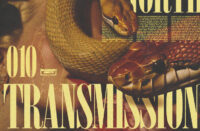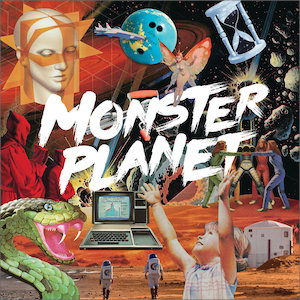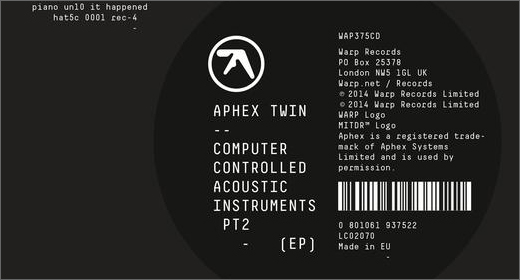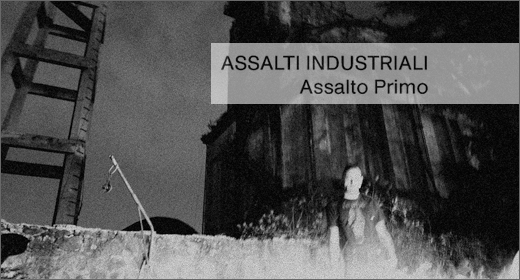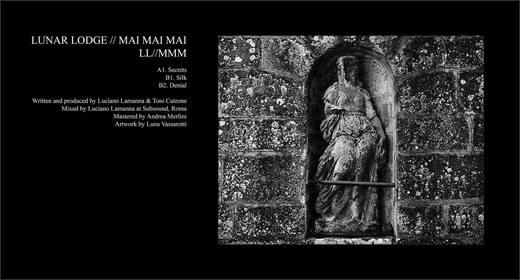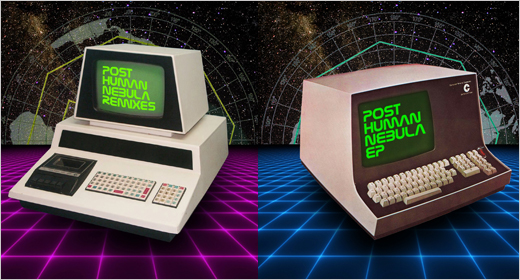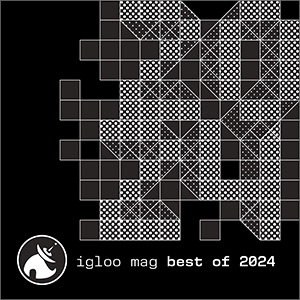The sacrament of music is universal, presented here with no words, no specific belief system, no dogma, just a moment in time with two guys who were hanging out together in an otherwise empty church making the whole place resonate and respond with otherworldly vibrations.
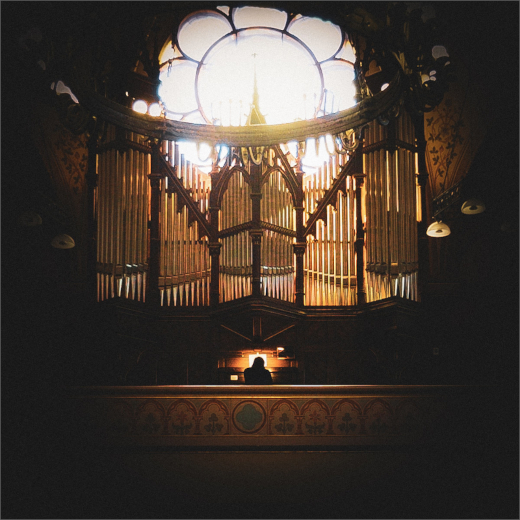
An expressionistic urgency at work
It is easy to become captivated by the videos of the prolific electronic music YouTuber, Hainbach. His work has led a vital return to the use of the original building blocks of electronic music in the form of lab and test equipment. Hainbach has a genuine love and curiosity about all kinds of instruments though, especially those that are rare and those that are of a new design. Most of the forgotten instruments he explores are synthesizers, but some are acoustic such as Adam Morford’s Gamelan Strips and Ultra Mega Marvin, a kind of cowbell from hell, or mechanical instruments at the Musik-Instrumentenmuseum Markneukirchen.
In his most recent video at the time of this writing, “The Haunting Sound of Glass and Steel” he joins up with instrument maker Markus Mueller to explore instruments made from glass. The video showcases a few of these Nebula Instruments: the Euphone, Vero, and the Nebula Resonator, a passive speaker made of steel that works as a plate-reverb.
Since they filmed this video in a church in Magdeburg, where there was also a fantastic organ and a piano, it made sense that they might as well make some noise together while they were there. A spontaneous EP erupted from this meeting of music makers that has all the brilliance of sunlight passing through stained glass.
I was very delighted by the quick release of this EP following the video. Just over a month ago I had made a comment on a Hainbach video stating that I hoped he would turn those sessions into an EP or album of chamber music, with his friend David Hilowitz on the Sonica and him on piano. The music was so lovely I really wanted it to continue. And while my dream for that hasn’t materialized, this EP did. Sonically they are quite different, but this could still be considered chamber music in the proper sense, and the modern sense with the addition of some tape loops.
Permeated with a transcendent halo ::
There is an expressionistic urgency at work in these moment-form sound paintings. These pieces are permeated with a transcendent halo. The timbre from the unique instruments adds to the otherworldly shimmer, and the organ a magisterial might.
The origin of glass music goes back many centuries in the previous millennium to China and Japan where there are records of bowls and porcelain being used to make sound. In 1492 a woodcut image from Milan shows glass bowls being used to demonstrate sounds and refers to this as a glass harp. A wet finger is used to vibrate glasses filled with varying degrees of liquid for the notes. Fast forward to 1738 and the beer drinking denizens of Europe had created the verillon or glasspiel where beer cups filled at different levels were hit with a small wooden mallet to create “solemn music.” Benjamin Franklin saw a demonstration of one of these and in 1757 he created his variation, the glass harmonica.
Ernst Chladni is best known for the nodal visual figures he was able to produce by sending sound vibrations onto glass plates covered in sand. As a physicist of acoustics he was also inspired by Franklin’s glass harmonica and followed suit building his own glass instrument, that he called the Euphon. Where Franklin’s instrument used rotating discs of various sizes turned by a treadle, the Euphon consisted of glass rods of various sizes attached to metal that are played by dipping fingers in water and rubbing the rod to create vibrations. Later, in 1983 Sascha Reckert devised his Verrophone which also uses tuned glass tubes. Glass instruments have been incredibly hard to come by, so as Mueller got interested in them, he decided he might as well make his own and Nebula was born. His creations follow the path of Chladni and Reckert using tuned tubes, and he currently makes the Euphone and a smaller version, the Vero, as well his Resonator.
Considering where it was recorded, the music on this EP is certainly solemn. I am reminded of the “ambient church” happenings here in the United States where cathedrals and other sacred spaces become home for concerts from the likes of Robert Rich, Windy & Carl, and Laraaji among others. Given the acoustics and the setting, it is no wonder Hainbach and Mueller were able to join together in a musical communion that now can be shared as a sacrament with listeners around the world.
Sometimes the best thing is to detach emotionally ::
Thinking of the state of the world today, we could all use a bit of transcendence. The title, “Circle of Violence” is a reminder of the folly that occurs when anyone who is assailed mounts a counterattack against the original assailant. Wounding each other, it ties people who think they are enemies together into a knot, adding a further charge to hostilities that then become difficult to untangle and the circle keeps going around. Difficult as it is to do, sometimes the best thing is to detach emotionally from the source of these attack. If this isn’t possible at the level of nations over which individuals have little control, then it is at least applicable in our own lives, which is where it all begins anyway. This EP helps us in “Erasing Distinctions” and guides us to help start “Breaking the Pattern.” It brings down the light.
The sacrament of music is universal, presented here with no words, no specific belief system, no dogma, just a moment in time with two guys who were hanging out together in an otherwise empty church making the whole place resonate and respond with otherworldly vibrations. Like the amorphous substance of glass—a material neither fully solid nor fully liquid—these sounds have one foot in this world and another in the aether.
Circle of Violence is available on Bandcamp.







